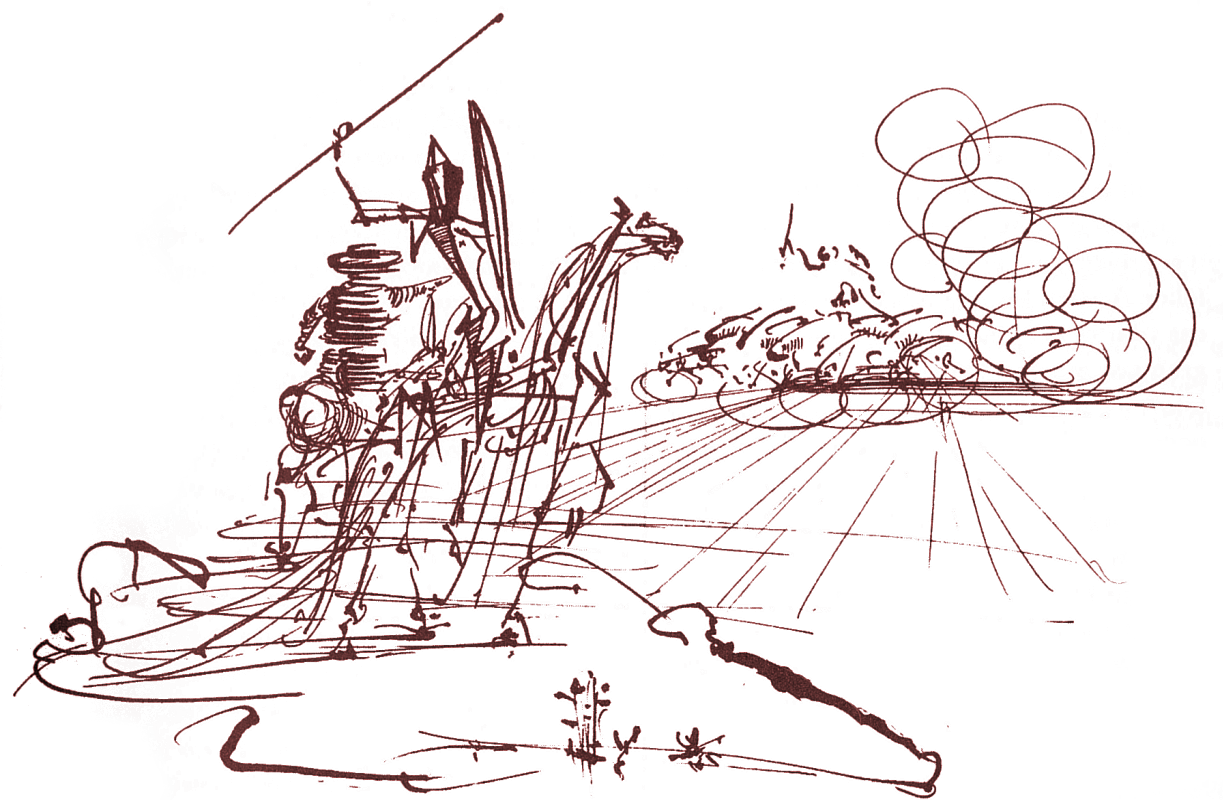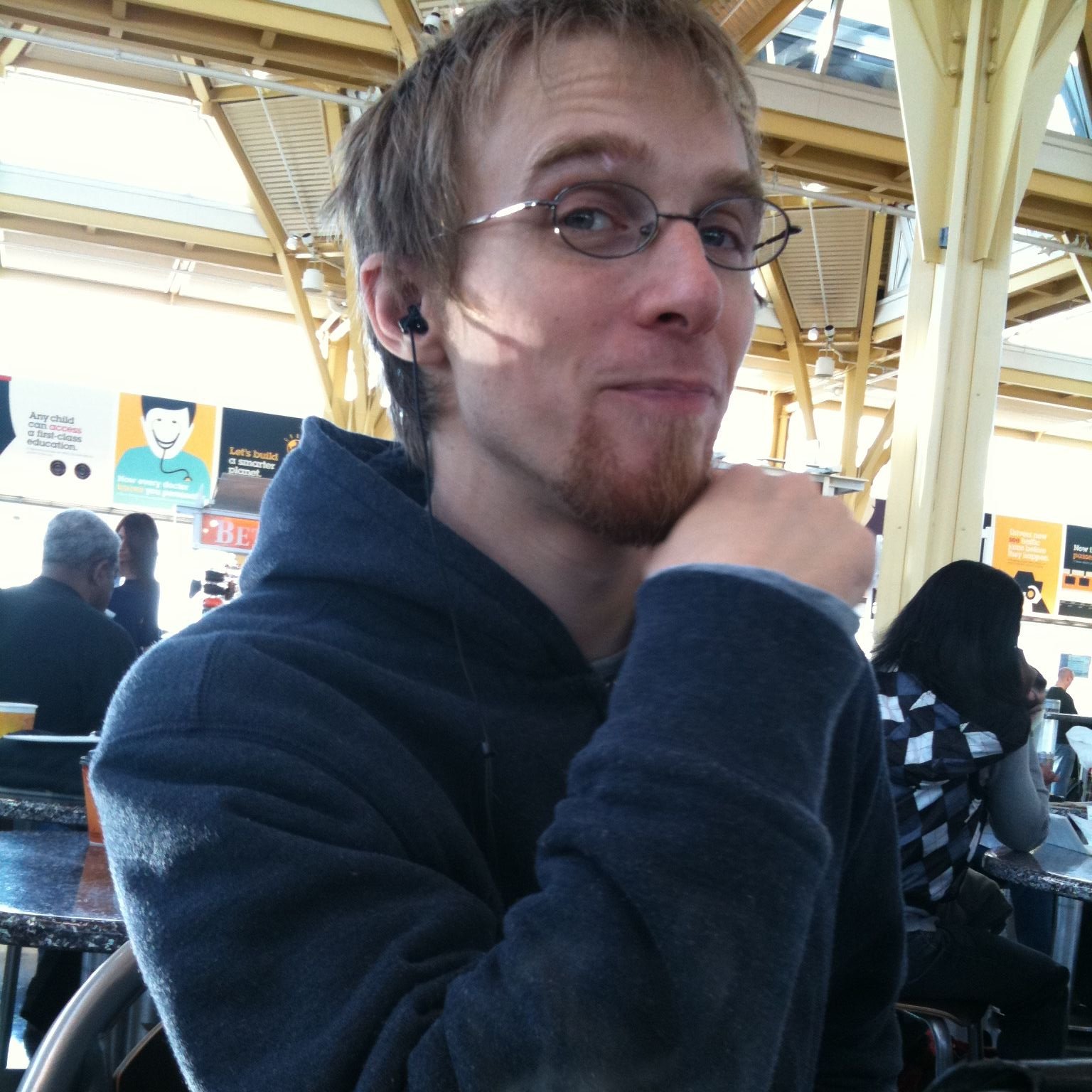Nonviolence. Ahimsa, "not-hurting." Gandhi proposed another word, satyagraha, or "truth-force."
I have given nonviolence trainings where people believed that any form of property destruction, strong disagreement, or disobedience of authority was a form of violence. For them, nonviolence was ahimsa, or not-hurting. It is easy, using this negative concept, to negate any action at all, from the carnage wrought among ants by the walking person, to the car emissions fueling planetary climate change. In the face of such an full negation, Ahimsa leads to quietism, inaction, and support for the status quo.
Truth force, satyagraha, on the other hand, is not passive. It seeks the conversion of the world. It is missional, moving outwards from a deeply-held core of belief towards change. I believe that in order to change the world we must focus on what we will do rather than what we will not do.
The world is deeply broken, and environmental disasters we have initiated through our poor stewardship and overconsumption are leading us to disaster that we must forestall through repentance.
The twin forces of industrialization and avaricious global capitalism have led us to a world of deep poverty, where even the oldest vocation, agriculture, is no longer viable for the campesino in the developing world. Mechanization has driven the price of food down to the point that only those with significant up-front capital and land can afford to farm.
What does this mean? Hundreds of millions of people are streaming towards overcrowded urban centers to scratch for a living in the gasoline-sodden muck by vending the same items every other rural person without formal education is vending. Poverty.
So the world is not a good place for the poor. We are facing both and environmental and a human rights crisis. We, and the political economy, are structurally and interpersonally broken, wounded by our own wrongs and the wrongs of others.
The world must change. This is a cause for which death would be an honor. But it is so much more difficult to live life to change it. Even harder, is to figure out an effective way to motor change in the world.
So we are back to our concepts, violence, nonviolence, ahimsa, and satyagraha.
Because of the world's violence, an ahimsa-based philosophy is insufficient. Ahimsa, as well as pacifism, don't imply modes of struggle. We need a way to stop the turning of the wheel of violence. And in a world as broken as it is, doing nothing is complicity with a violent status quo.
As Gandhi put it, "Nonviolence is for the strong. I will not preach nonviolence to a mouse to the point of being devoured by a cat. The weak have no option but violence or passive resistance. I am preaching nonviolence in India because I don’t see why 300 million people should be afraid of 150,000 British troops. They are the strong. They should thus use nonviolence to achieve their political goals."
What I am saying is that, as the church, we focus our dialogue so exclusively around what we should not do that we have lost sight of what we should do.
Let's talk about creative civil disobedience, direct action, rallying in the streets, becoming our own media, massive boycotts, sit-ins, shut-downs, walk-outs, and refusing to be moved. Let's do banner drops and lockdowns. Let's spray-paint over the stolen billboard space that taints our collective unconscious with desire for consumer goods that plunder the environment. Let's plant gardens, form coops, and practice revolution in our churches. Let's pray for social change and practice a prophetic activism that converts even the flintiest heart.
Let's occupy the world for love.
And let's do it in a spirit of nonviolence, with satyagraha.



